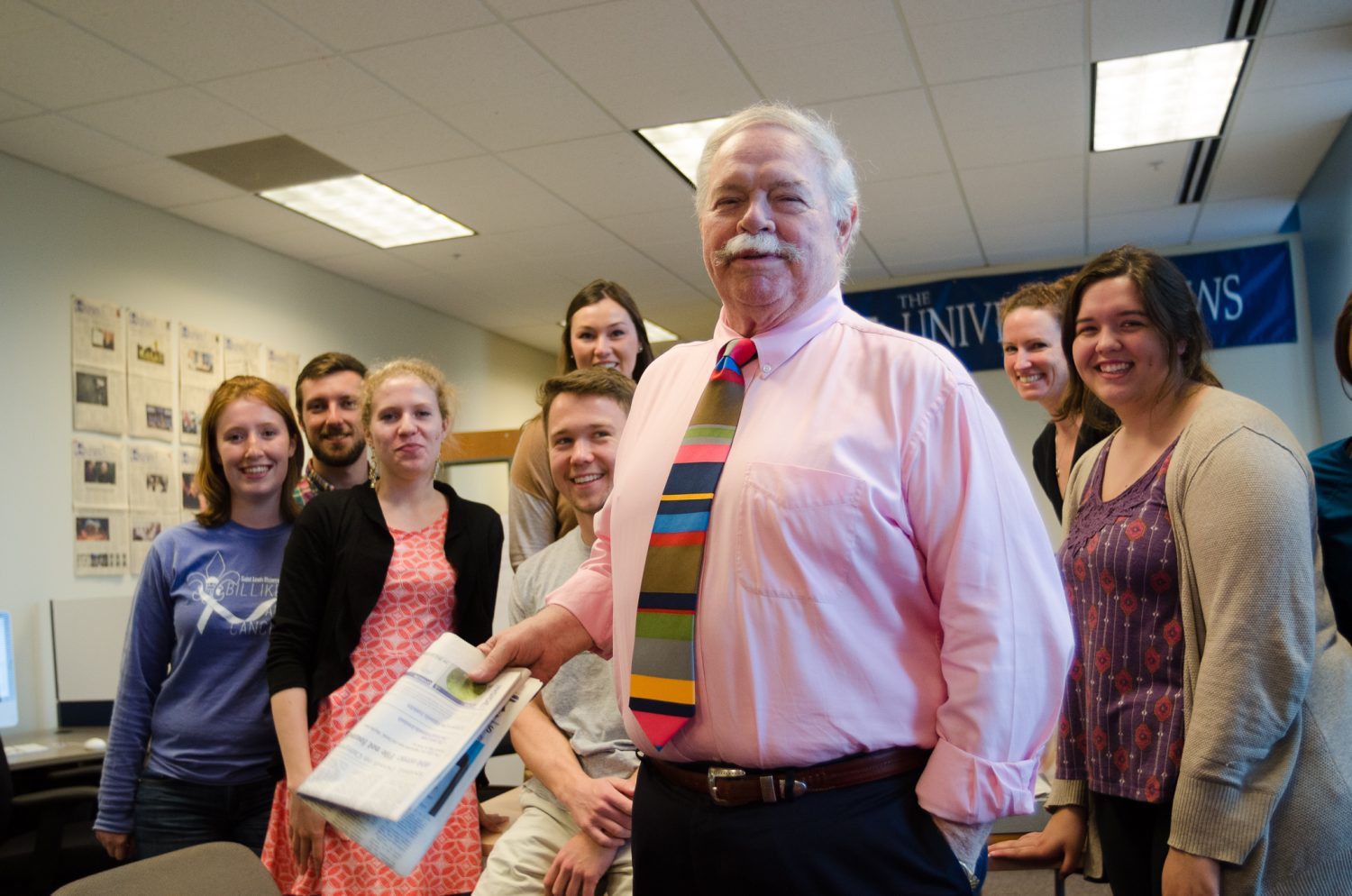The Strokes are destined for great things. Some have dismissed
them as an average band that has been over-hyped to fill in the
sagging pages of such rock magazines as Rolling Stone and NME. Yes,
their hype has been tremendous–it seems as though every rock
critic and their cousin is calling the band the future of rock ‘n’
roll in hopes that the attention will bring alternative rock back
into the mainstream after its near decade-long exile.
It’s a lofty claim and a lofty hope. Still, though, these
writers and pundits saw something in the band that they did not see
in the other million rock bands now streaming out of the New York
rock scene. Most of the crowd at the band’s sold-out show on
Tuesday saw this, too.
First, though, came the Raveonettes. The Danish duo specializes
in simple, ’50s-style love ditties set to the droning guitar and
bass distortion that My Bloody Valentine and Jesus and the Mary
Chain tried to make popular back in the early ’90s. It works great
for one song, but after that things start to get weird.
The first song from the band, “Attack of the Ghost Riders,” got
the crowd jumping around, but this may have been just a reaction to
a band, any band finally getting on stage after most had been in
line for hours to get into The Pageant. The crowd kept it up for
the second song, which sounded almost exactly like the first. Then
it happened again.
Then it happened again. After a while, the crowd’s excitement
turned into listlessness, as the Raveonettes noise-rock started
many a headache and even more runs to the bar.
The restlessness continued on among the throngs of hipsters and
teenagers–both volatile groups on their own, but even worse when
mixed together–as the prep time for the Strokes went on and
on.
Finally, after 45 minutes, the band arrived onstage to one
massive roar. The strange thing is that the band hardly reacted to
the crowd’s shouts and yells. They simply walked on stage, picked
up their instruments, Julian Casablancas said a quick hello and
then jumped right into “Reptilia.” From then on, it was insanity.
The pit reverberated with the kick drum as it seemed every
under-ager in there was jumping around, singing along with the
lyrics.
In contrast, the band itself hardly moved from their
pre-determined spots, with only Albert Hammond, Jr. showing
emotions as he bobbed his head to the beat. Frankly, probably just
seeing the members in person was amazing enough; because of the
near-constant magazine covers and video play, the band had an
otherworldy quality that kept up with their audience ambivalence.
Except for a few moments when audience members threw bras, tank
tops and even themselves onstage, the show could have very well
been a taped, live performance played on a huge screen.
Compounding this was the band’s robotic playing. Every note was
where it is was supposed to be, every vocal was right on cue and
every solo lasted just as long as the one on the album. Some might
see this as detrimental to a live show, but those people don’t know
about the Strokes. This is not a band that “jams.” This is a band
that plays tight, intricate songs that rely on notes being exactly
where they are to interact with the notes the rest of the band is
playing–it is what makes seeing the Strokes so amazing.
Anyone can do what they did in a studio with overdubs and
retakes producers twisting knobs, but can they do it with a crowd
of people paying money expecting to hear that guitar riff at that
exact moment when that bassline starts? The Strokes can and did,
and this is what makes them special. This is why they are destined
to be one of the biggies.




